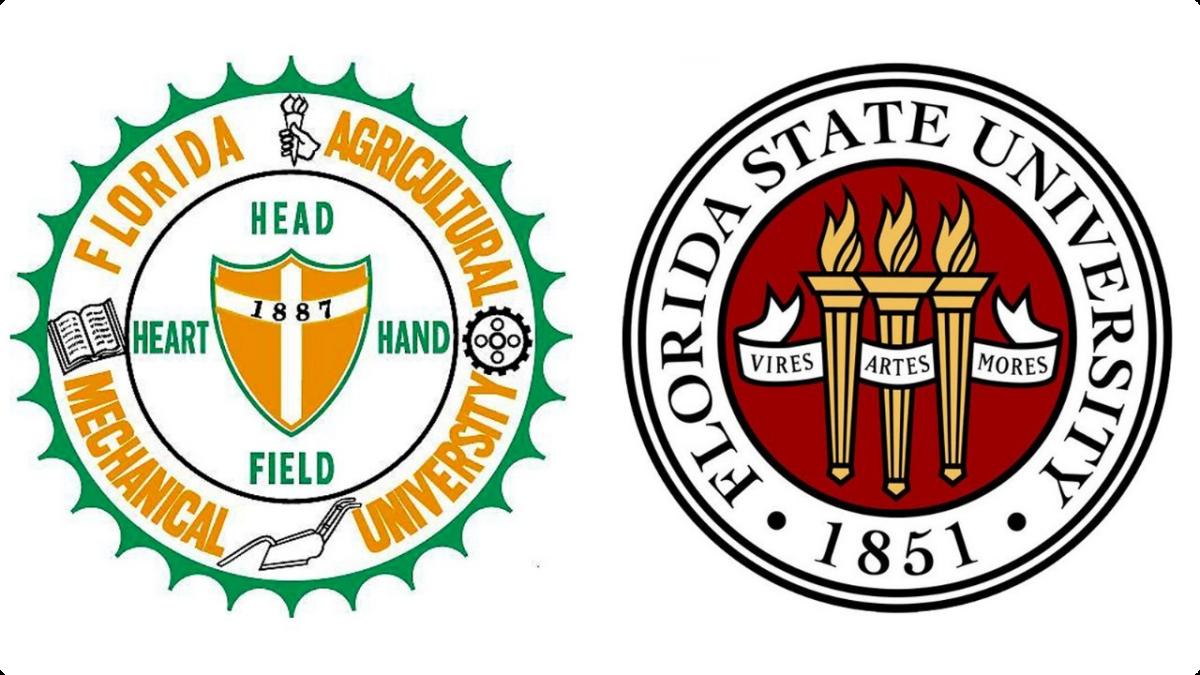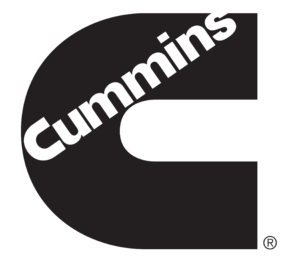Concept Generation
Generation Tools
The team started developing concepts once the project description was fully understood. Various brainstorming thoughts were noted for future reference. These concepts included the motorized arms, arcade claw, and forklift designs. With these, the team had a solid understanding of the variety of solutions that were possible. As the design process continued, concept generations tools such as biomimicry, modification, and background research were used to explore all concept possibilities.
Biomimicry inspired a variation of the claw solution when looking at predatorial birds. Their strong talons are used to pick up small animals in a quick sweep. Another idea created from biomimicry was the mouth pincher. Similar to how a mother cat picks up their kittens, this idea would have an attachment placed onto the box. This additional material would be used to grab the package in the same way that a mother cat would grab onto its kitten’s neck.
The second tool that was used to generate ideas was modification. The team thought of existing solutions to picking up anything from a package to dirt. The first idea from this was string actuated arms that could wrap around the box. These would be modified from a toy that is modeled after a hand to pick items up. The joints within the fingers were designed to have strings attached to them which would rotate when pulled. Further thought into this proved that additional joints could be added to fully wrap around the package, making it more secure. A modification of the forklift also came from this. To provide security for the package during gathering and transport, there would be four corners that could be moved to adapt to package size. Each corner would be curved with a ninety-degree cutout to allow for all types of packages to be picked up.
Background research provided the team with an understanding of what solutions were already in use. One of the concepts that came from this was the gravity hook. This design uses gravity and the device’s weight to pick up small objects of any size. To apply this to the drone, the hook would have to be significantly enlarged to fit around the package. Another existing solution was derived from a trash picker upper. This design is essentially a clamp that could grab onto the sides of a package. Again, the size of the design would have to be enlarged for use with packages. Together these tools provided the team with a well-rounded range of solutions that could be applied to the drone delivery system.
Once the team had established a few individual concept solutions, a morphological chart was used to generate solutions that were a combination of others. The morphological chart was split into four categories based on the system functions that could be varied: grabbing mechanism, securing mechanism, measuring sensor, and identification sensor. Solutions from each column were mixed with others from the remaining columns. Although not all solutions were viable, many of them led to useful and new ideas.
Medium Fidelity Concepts
The first medium fidelity concept was the double scooper. Similar to an excavator claw, this concept would slide underneath and fully enclose the package. Although the package would not be fully secured, it would not interfere with the drone. The main complication with this concept is its ability to take measurements of the package.
The second medium fidelity concept was the pre-made package clip. This design would require all packages to have a ring attachment that allows for the drone to hook onto. The rings would be standardized across all boxes, making the gathering process very simple. There would not be many additional securing mechanisms.
The third medium fidelity concept was the casting net with a suction cup. This concept would launch a casting net over the package from a canister attached to the bottom of the drone. Also attached to the bottom of the drone is a retractable suction cup. Once the net is around the package, the suction cup is retracted down and slightly lifts the package. While the package is lifted the net retracts around the bottom of the package and eventually tightens it against the bottom of the drone. The advantage of this concept is that package size and weight would not be as much of a factor as a net is flexible to hold many shapes and sizes.
The last medium fidelity concept was the friction belt system. This concept uses two belts that activate to create friction with the package. This friction would be strong enough to lift the package off the ground. Since the friction is strong enough all DOFs will be removed.
High Fidelity Concepts
The first high fidelity concept was the rounded cornering forklift which would use four of the arms to squeeze the package by moving them diagonally inward. The shape would allow for all of the assumed package types to be secured and the plates at the bottom of the arm will scoop the package like a forklift.
The second high fidelity concept was the picker upper with flat plate. This concept allows for the package to be grabbed firmly from two sides, then for a flat plate to slide in underneath. With these mechanisms being mixed together all DOFs will be removed and the package will be held securely.
The last high fidelity concept was the gripper and arm combinations which utilizes grippers applying opposite horizontal forces on the package, as well as arms that swing beneath the package to support its underside.

